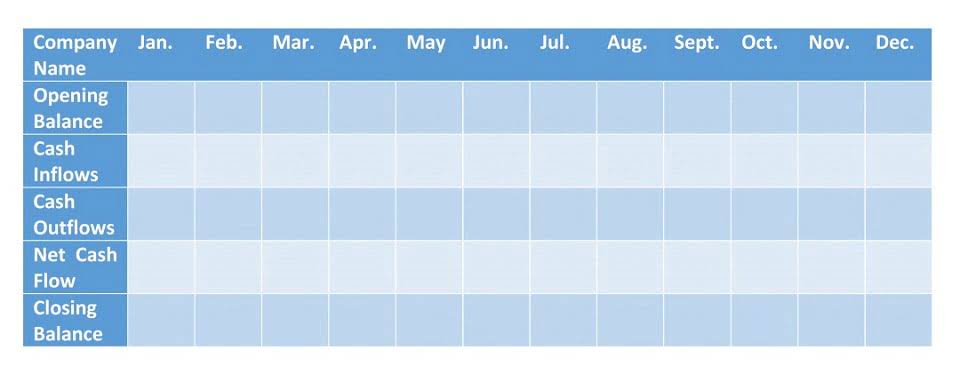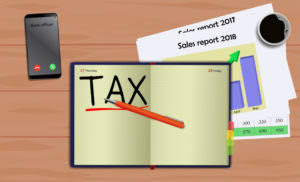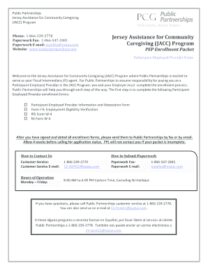Content
- ESG: An Opportunity for Nonprofits
- All of the following statements about a contribution confirmation needed by a donor for tax reporting are correct except:
- Not sure what size your nonprofit is? Use the handy guide below.
- BDO Knows Single Audits
- The Nonprofit Bookkeeping Assessment Test
- Indirect Cost Rate Tools

We’ll partner with you to automate key accounting processes and create forward-looking plans that make your future feel less uncertain. And we can offer you on-demand advice on grant utilization, fundraising strategy, tax compliance, and other topics that often trip up growing nonprofits. IRS Form 990-N, known as the “e-Postcard,” is an online information return that may only be filed by organizations with less than $50,000 of gross income. An organization that qualifies to file Form 990-N may choose instead to file Form 990-EZ or the longer Form 990 if it wishes to provide more information about its activities, finances, and governance. Failure to file an appropriate Form 990 for 3 consecutive years will result in automatic revocation of tax-exempt status.
- They range from educational, advocacy, religious, labor, social welfare, charitable, and arts organizations to foundations, social clubs, business leagues, and professional or trade associations.
- Collectively, the resources and services they provide enrich millions of people’s lives.
- Want an easier way to quickly share the information your nonprofit needs to make informed business decisions?
- Strong financial statements and accurate record-keeping make up the backbone of any successful business.
In contrast, preparation of the bank account reconciliation by the treasurer provides for reconciliation by someone independent of cash handling functions. However, the quiz cannot test a person’s ability to apply such knowledge in a work setting. BDO is the brand name for the BDO network and for each of the BDO Member Firms. Everything we do is rooted in our core purpose to help people thrive every day. It’s not only the right business thing to do; it’s the right human thing to do.
ESG: An Opportunity for Nonprofits
Non-profit organizations that hire outsourced accounting staff typically see an overall reduction in cost. Outsourced accounting staff can also build a schedule and determine monthly reoccurring payments, which can help plan your budget for the year. From compiling expense reports and crafting complex budgets to bookkeeping chicago strategizing cash flow control, our accountants are here to help your nonprofit regain control over your finances, enabling organizational growth. Get our FREE guide to nonprofit financial reports, featuring illustrations, annotations, and insights to help you better understand your organization’s finances.
Included free with your engagement, our team of Intacct and Quickbooks Online experts will migrate, setup, and review your chart of accounts to ensure it aligns with GAAP and nonprofit standards. We ensure nonprofits have the tools they need to partner with our team for effective financial record keeping and strategic planning. At Jitasa, our mission is to improve the effectiveness and efficiency of nonprofits. Our bookkeeping and accounting services are affordable and cater to every nonprofit. We’ll help you modernize your nonprofit accounting & bookkeeping systems to get consistent and accurate reports. And we’ll show you how to use those reports to make smarter decisions for your organization.
All of the following statements about a contribution confirmation needed by a donor for tax reporting are correct except:
Through your preference of in-person and online coursework, you can complete your certificate in as little as 12 months. Options for scholarships and other financial aid help make your studies affordable—and all certificate courses can be applied toward a degree if you choose to continue your studies at North Park University. This program is delivered in a live virtual format via the Zoom platform. Please visit our live virtual programs page for more information. We segregate duties and provide control activities to provide an internal line of defense for your nonprofit. All of our clients are backed by a fully staffed accounting department.
Here are the requirements for requesting the no-cost extension by the June 20 deadline. For the past two years, we have been closely monitoring updates from the Financial Accounting Standards Board (FASB) regarding the organization’s Not-for-Profit Financial Statement Reporting Project. To make it easier to find Diverse Suppliers, we have created a directory of Diverse Businesses that is available to the public.
Not sure what size your nonprofit is? Use the handy guide below.
If you own a Diverse Business, you can register your business using this form. Full participation in this Kellogg Nonprofit Executive Education program entitles you to 14 points in Category 1.B—Education of the CFRE International application for initial certification and/or recertification. When canceling a program registration, participants may choose to rollover their payment to a future program or receive a refund. Participants are allowed two rollovers, after the second rollover, participants forfeit the money paid to the Center for Nonprofit Management. Would you like to speak to one of our financial advisors over the phone? We’ll create a custom price quote that’s tailored for you— to ensure you get the support you need without paying for anything that you don’t.
Most nonprofit organizations can qualify for tax-exempt status so their fundraising goes entirely to their dedicated cause, but certain paperwork must be filed properly to make this official. A nationally recognized certification program, CNAP teaches critical skills and best practices specific to nonprofit financial management. A CNAP designation certifies the expertise and commitment of nonprofit financial managers and accounting professionals and is available online and in-person https://www.bookstime.com/ throughout the year. Carrie has lived the majority of her adult life in South Korea as a Second Language teacher while supporting the work of a local missionary in children’s outreach. As she considered a return to the United States and a change in career fields, she earned a certificate in accounting from Liberty University. Although Carrie remains a resident of South Korea and hopes to eventually return, she currently resides in North Carolina with her husband and son.
BDO Knows Single Audits
There is a lot to learn when starting a new job, despite the advanced capabilities of computers. Technology can do seemingly anything these days, except tell you exactly how to utilize it. With an influx of new updates to existing programs and brand-new programs, there’s a lot to learn all the time. Our C.P.A. firm will alleviate this stress for you with the training you need. Liz comes to us with a strong background in research, data analysis, analytics and investigations in the pharmaceutical compliance arena. She has a BA in Biology from the University of Colorado Boulder and has many educational interests as she loves to learn.
We are very familiar with both stand-alone and consolidated audits for not-for-profit and for-profit entities up to $500+ million in annual revenue with complex structures, national and international operations. Not-for-profit organizations, ranging from professional and trade associations to charitable organizations and foundations, operate under intense donor scrutiny and oversight from regulatory and tax authorities. Your organization must comply with best practices in accounting and financial management to protect its tax-exempt status while maintaining focus on your mission. When non-profit organizations shift their financial responsibilities to outsourced accounting firms, the organization’s employees can devote their time to mission-focused tasks. A sound bookkeeping system starts with a properly designed chart of accounts regardless of whether the system is manual or computerized.











